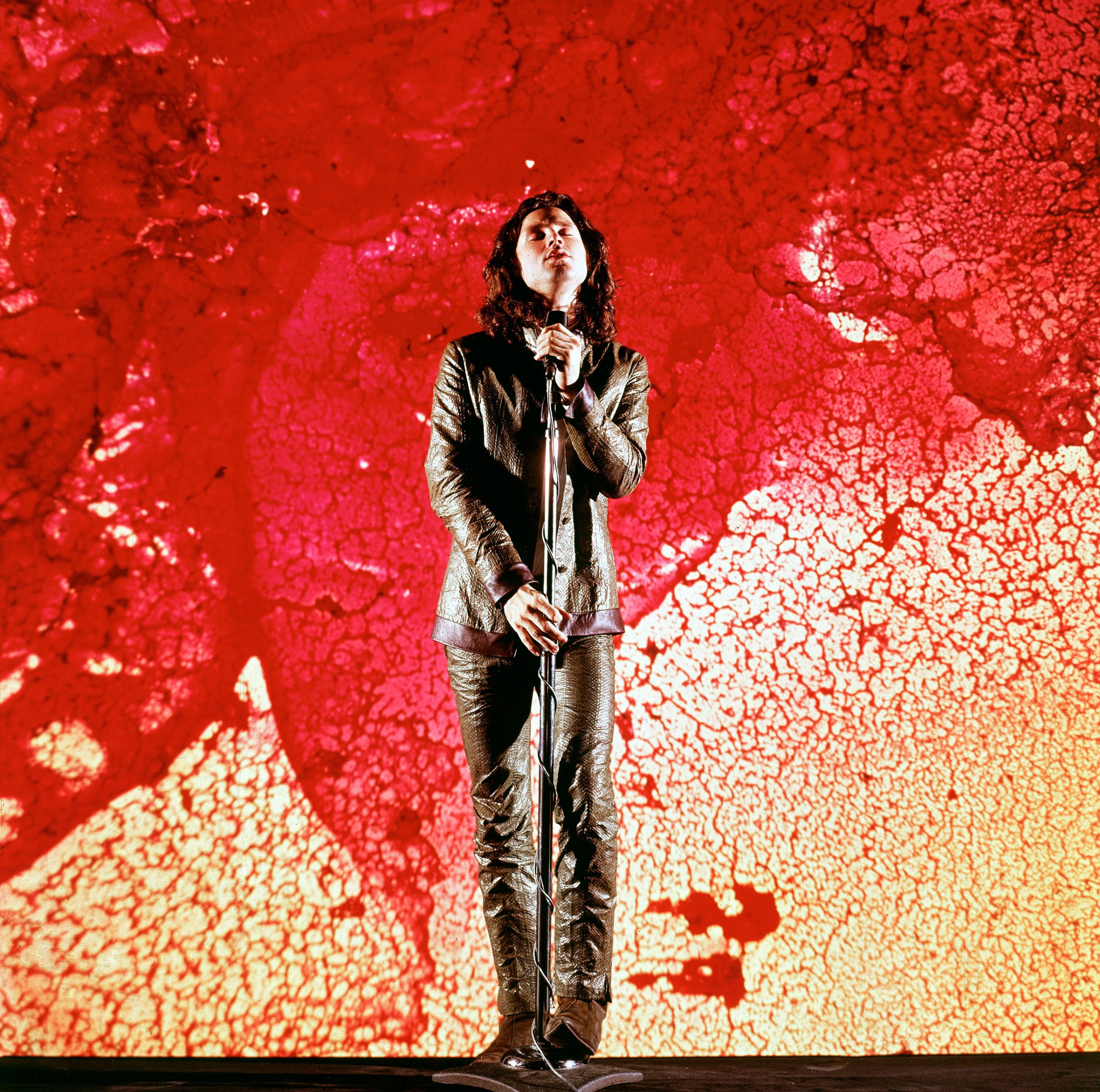
Reflecting the uncertain, tumultuous era in which it was made, much of the popular music of 1968 was moody, trippy, obtuse — and, perhaps not surprisingly, utterly confounding to most of the men and women who worked at LIFE magazine.
Among the counterculture protagonists the magazine sought to fathom and, perhaps, explain to its millions of (largely older) readers was Jim Morrison, the lyricist and front man for the Doors. For a LIFE feature titled “Wicked Go the Doors: An Adult’s Education by the Kings of Acid Rock,” the writer Fred Powledge studied Morrison through his lyrics and his notorious onstage antics. But short of being there, at a Doors concert, perhaps pictures — like those in this gallery, made by LIFE’s Yale Joel — best illuminate the mojo that came to define the “Lizard King.”
After all, love them or hate them, no one denies that the Doors — and especially their riveting leader — left their mark on the rock and roll landscape.
Here, on what would have been Morrison’s 71st birthday (b. Dec. 8, 1943), LIFE.com presents color portraits of the then-24-year-old rocker/poet, plus shots that never ran in the magazine of the Doors playing New York’s famed Fillmore East.
At the time of his 1968 portrait session with Joel in New York, Morrison and his bandmates had released two albums (featuring hits like “Light My Fire,” “People Are Strange” and “Love Me Two Times”), and were about to record a third, Waiting for the Sun. As their popularity grew, the 33-year-old Powledge, taking a break from his typical beat (civil rights and race relations), aimed to “dig,” in an almost scientific fashion, the weird but compelling music his 9-year-old daughter was into.
The most satanic thing [Powledge wrote] about the Doors is Jim Morrison, the lead vocalist and author of most of the group’s songs. Morrison is 24 years old, out of UCLA, and he appears — in public and on his records — to be moody, temperamental, enchanted in the mind and extremely stoned on something . . . [Morrison’s lyrics] are not what you’d call simple and straightforward. You can’t listen to the record once or twice and then put it away in the rack. And this is one of the exciting characteristics of the new music in general: you really have to listen to it, repeatedly, preferably at high volume in a room that is otherwise quiet and perhaps darkened. You must throw away all those old music-listening habits that you learned courtesy of the Lucky Strike Hit Parade and Mantovani.
“Once you see him perform,” Powledge continued, “you realize that he also seems dangerous, which, for a poet, may be a contradiction in terms.”
LIFE’s physical description of Morrison, meanwhile, name-checked a famous burlesque dancer and pinup girl: “He wears skin-tight black leather pants, on stage and away from it; and when he sings, he writhes and grinds and is sort of the male equivalent of the late Miss Lilly Christine, the Cat Girl. But with Lilly Christine you had a good idea that the performance was going to stop short of its promised ending-point. You don’t know that with Morrison.”
The anything-goes attitude Powledge sensed in Morrison was not unfounded: While working on his story in 1967, the writer was in the audience for a Doors concert in New Haven, Conn., and watched as Morrison — who had been ranting to the audience about local police — was arrested onstage on indecency charges (later dropped).
You are reminded that the music is a plastic reflection of our plastic world. The sounds are transistorized, sharper than sharp, just as the plastic lettering over a hot dog stand is redder than red. Out of this context the music — even the conventional sounds of the church organ or the street noises — is unreal; it is marvelously effective in reflecting what’s going on in our society. It dances close to disharmony, to insanity; sometimes it does sound insane and disharmonious, but then you listen closer and find a harmony hidden deep within it.
“Morrison is a very good actor and a very good poet — one who speaks in short, beautiful bursts, like the Roman Catullus,” Powledge wrote. “His lyrics often seem obscure, but their obscurity, instead of making you hurry off to play a Pete Seeger record that you can understand, challenges you to try to interpret. You sense that Morrison is writing about weird scenes he’s been privy to, about which he would rather not be too explicit.”
LIFE’s April 1968 take on Jim Morrison and his band wasn’t the only time the magazine visited the topic. Just two months later, in a story titled “The New Rock” (featuring not only the Doors but also Big Brother and the Holding Company, the Jefferson Airplane, the Mothers of Invention, Cream, the Who and Country Joe and the Fish), Morrison explained his philosophies and his cathartic stage shows.
“Rather than start from the inside, I start on the outside and reach the mental through the physical,” he told LIFE. “Today is the age of the heroes, who live for us and through whom we experience the heights and depths of emotion. The spectator is a dying animal and the purgation of emotion is left up to the actor, not the audience.”
That sort of quasi-mystical hocus-pocus is, of course, exactly the reason countless rock and roll fans have always been drawn to the Doors, and why so many others find them so gratingly pretentious. Hardly anyone who is at all familiar with their music is lukewarm toward the band — a fact that would no doubt bring a smile, or a sneer, to Morrison’s face if only he were still alive.
Not long after Yale Joel made the photos in this gallery, the sinuous Morrison seen here had changed: he became hairier and heavier as he descended deeper into drinking and drugging. He was just 27 when he died.
Still, he was prolific in the three short years between the Joel photo session and his death, fronting memorable concerts, recording three more Doors albums and writing two volumes of poetry — all of it building upon the material that elevated him from rock ‘n’ roll front man to pop-culture icon.
Read next: TIME Picks the Top 10 Photos of 2014
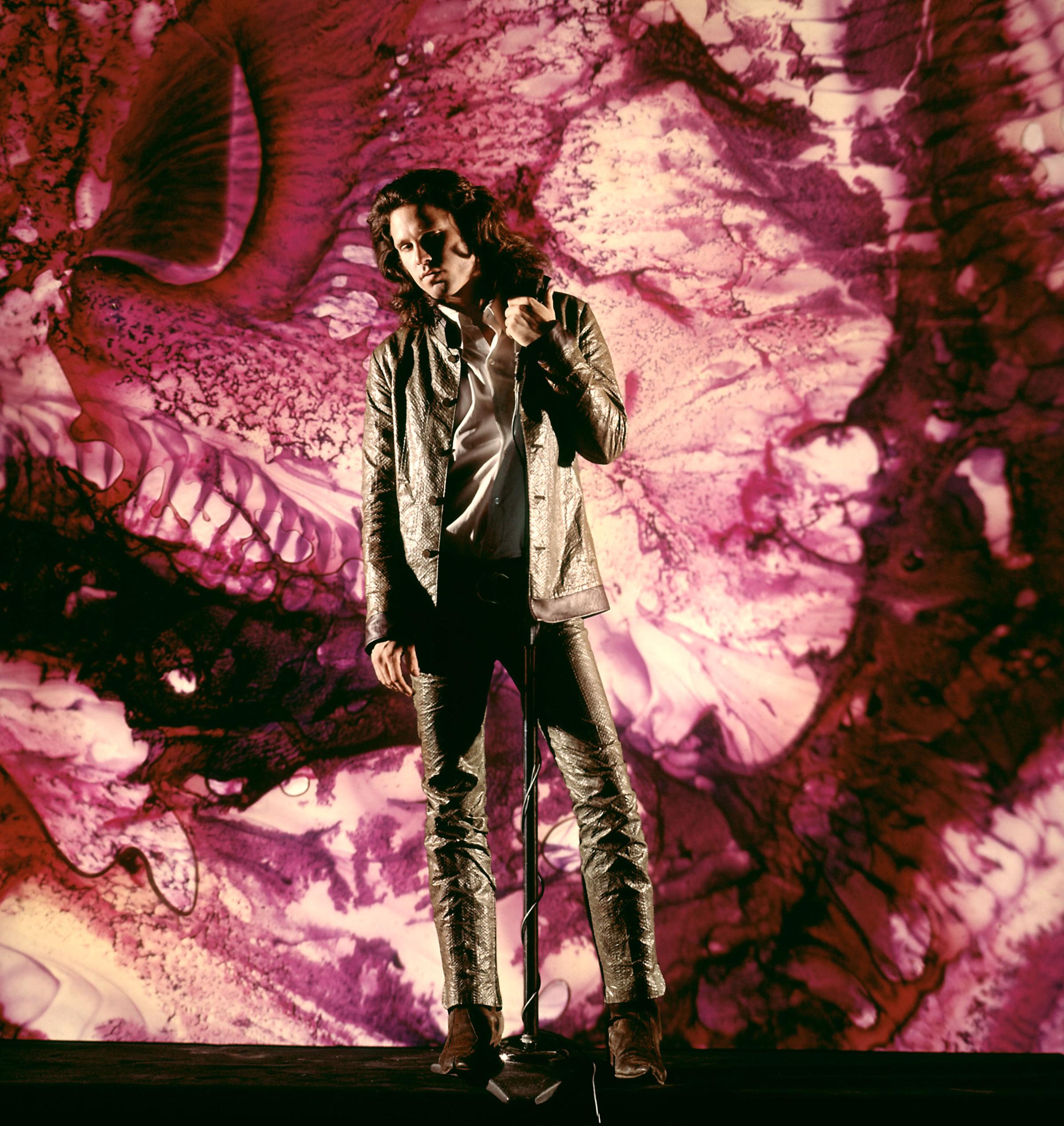
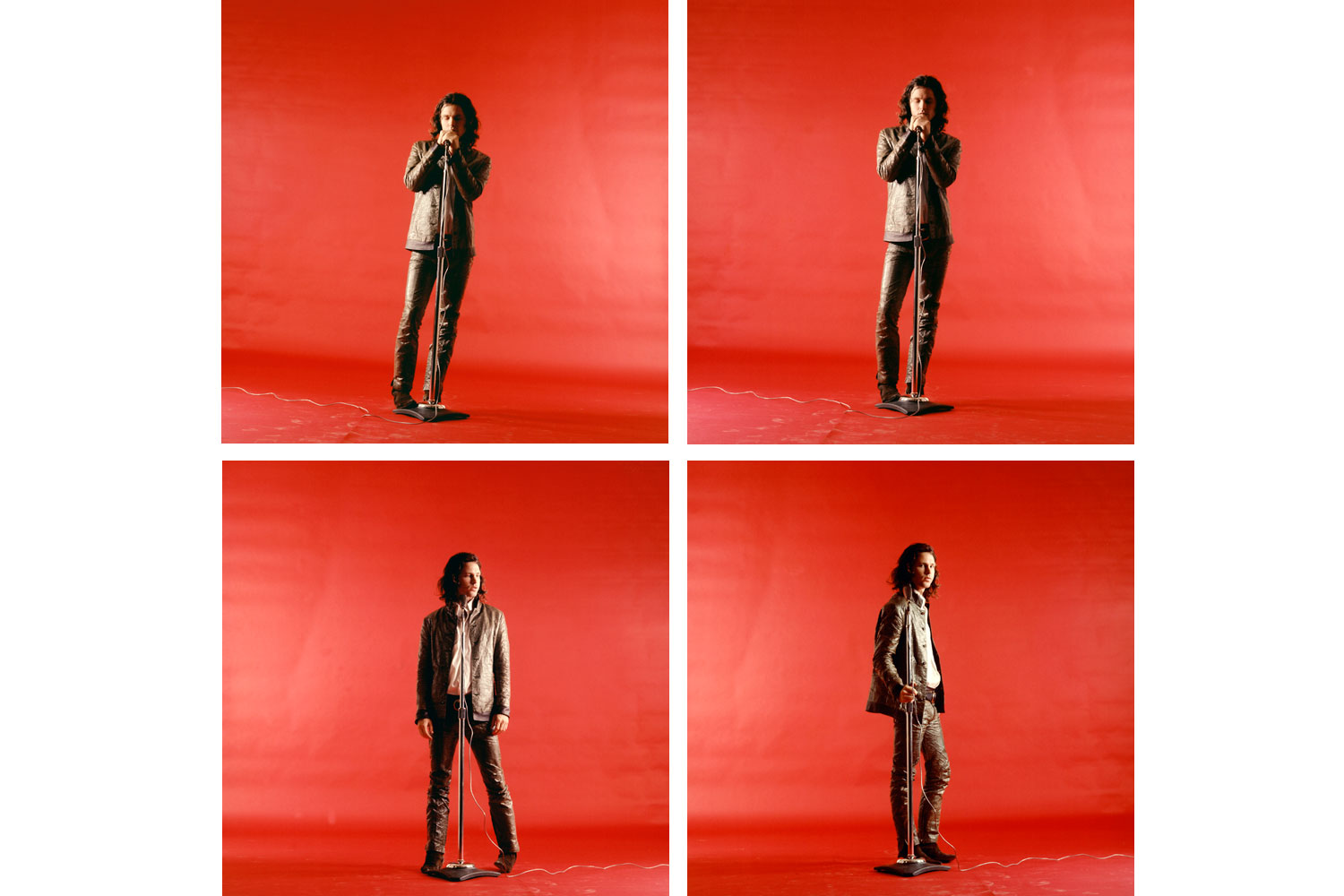
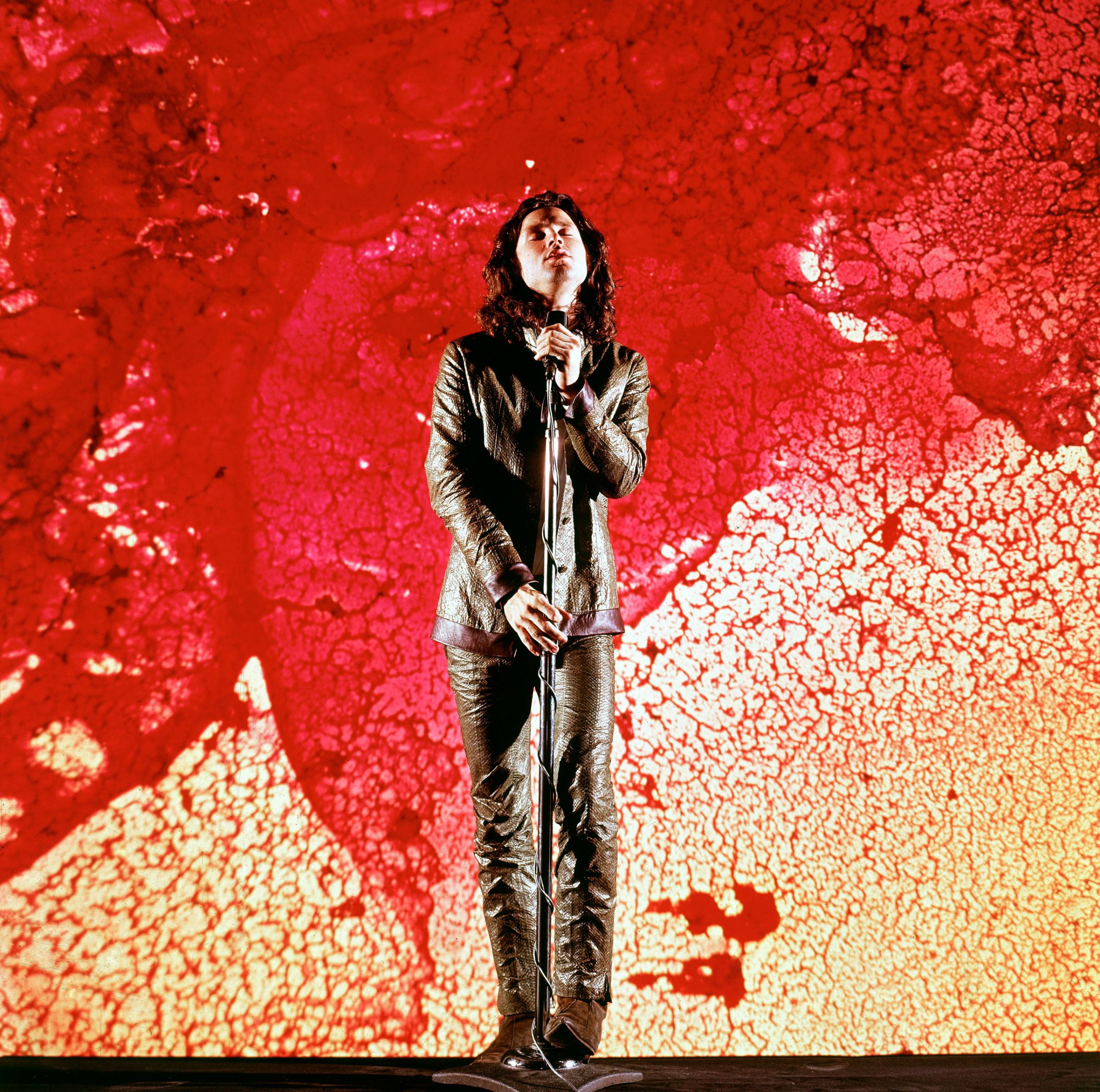
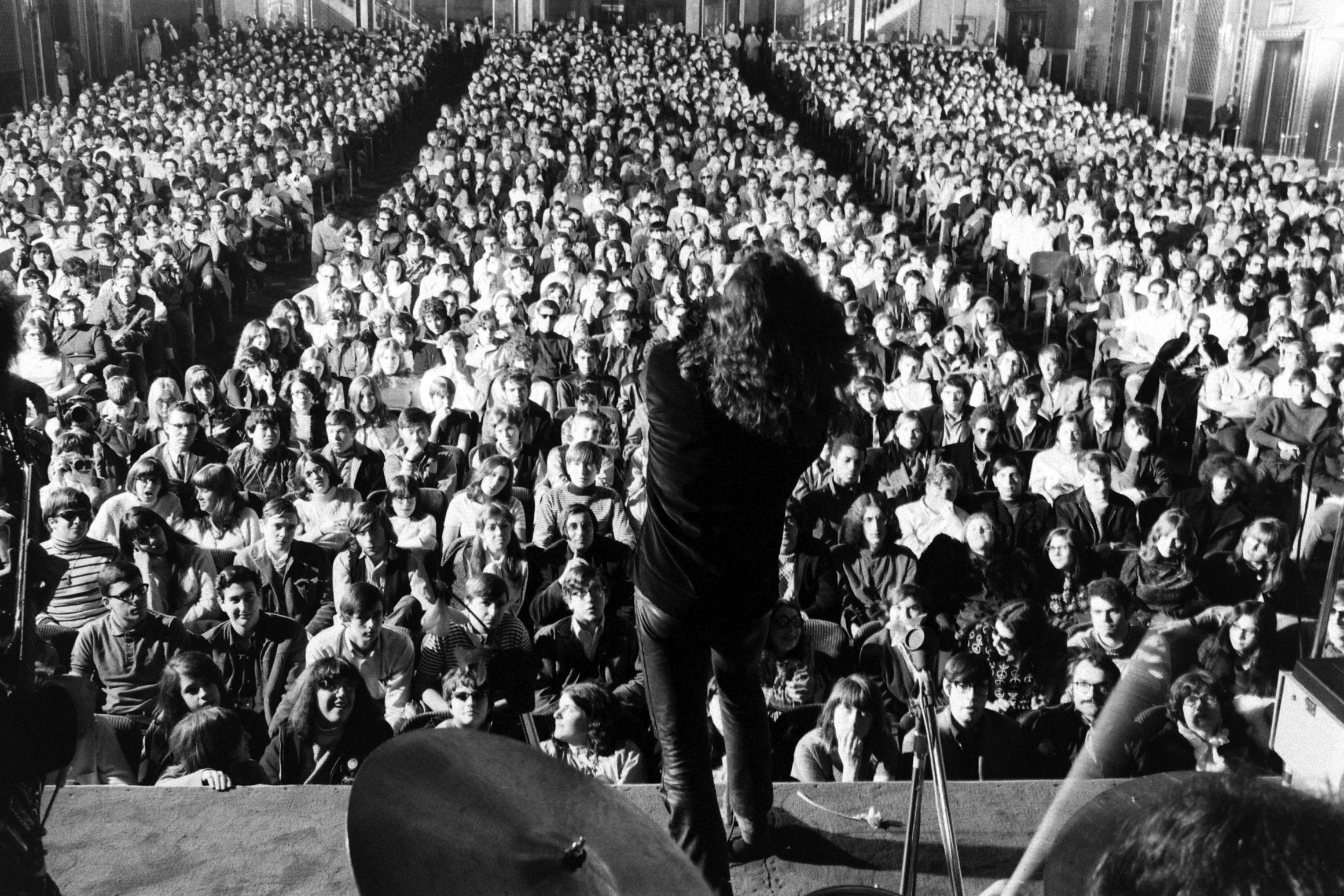
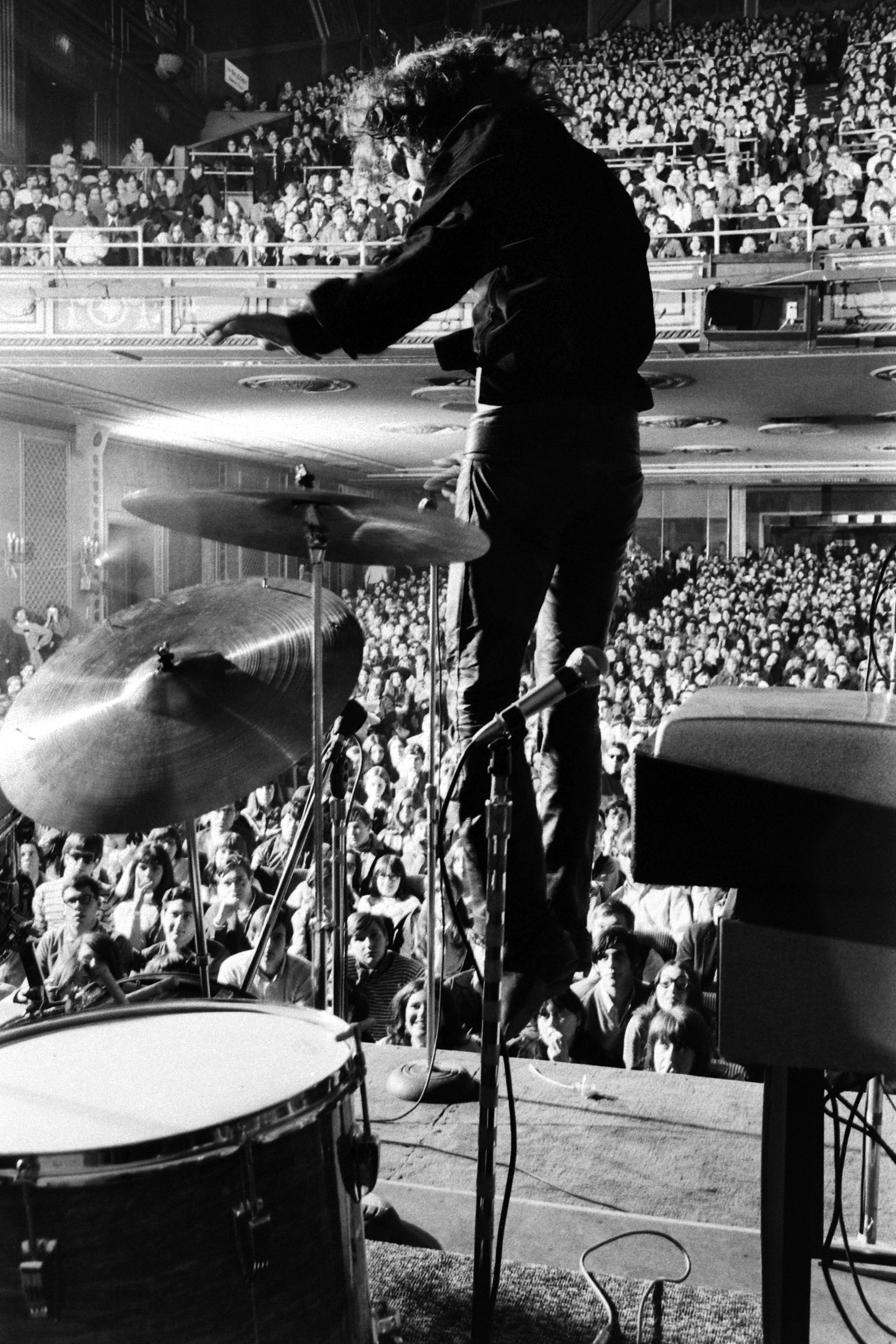
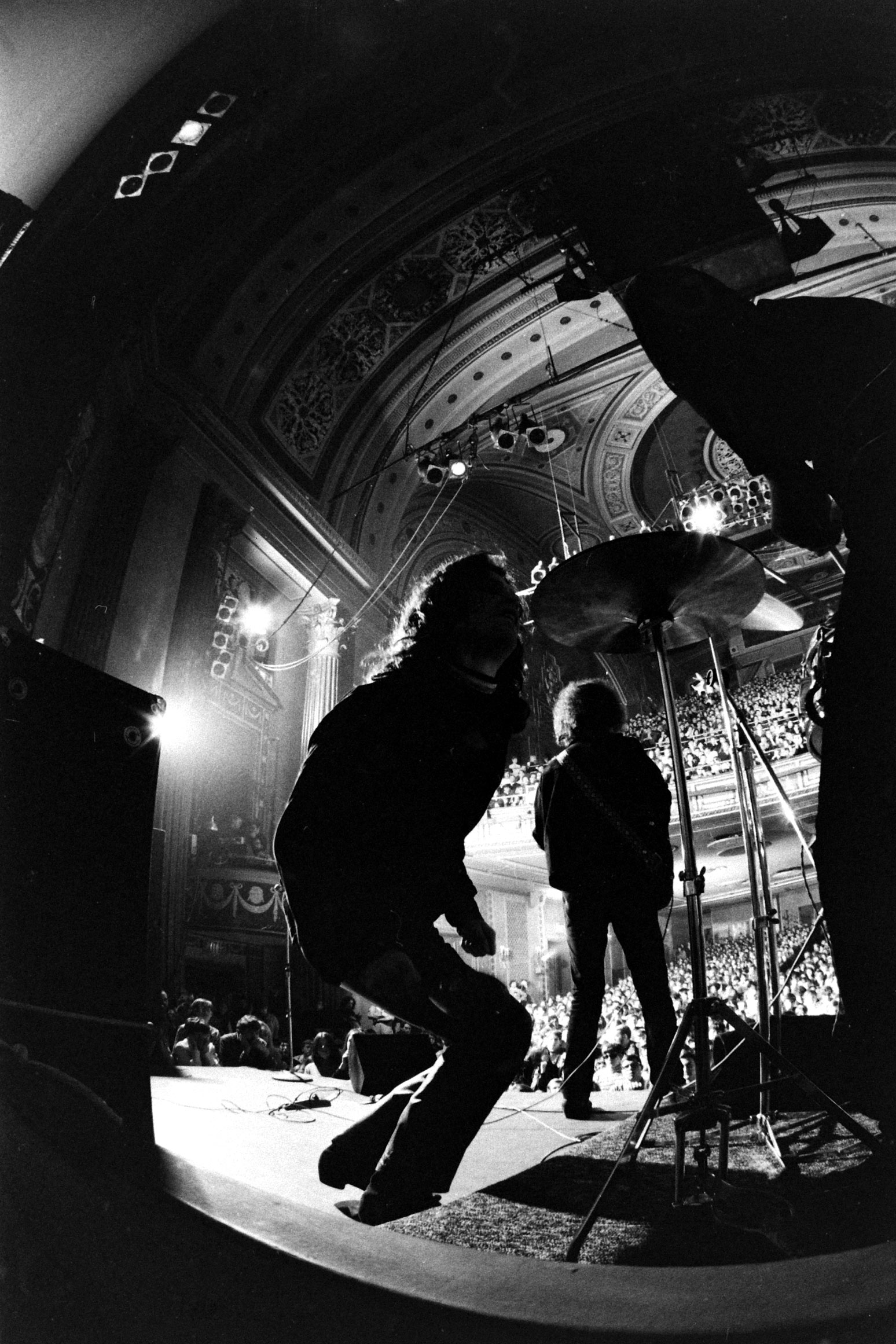
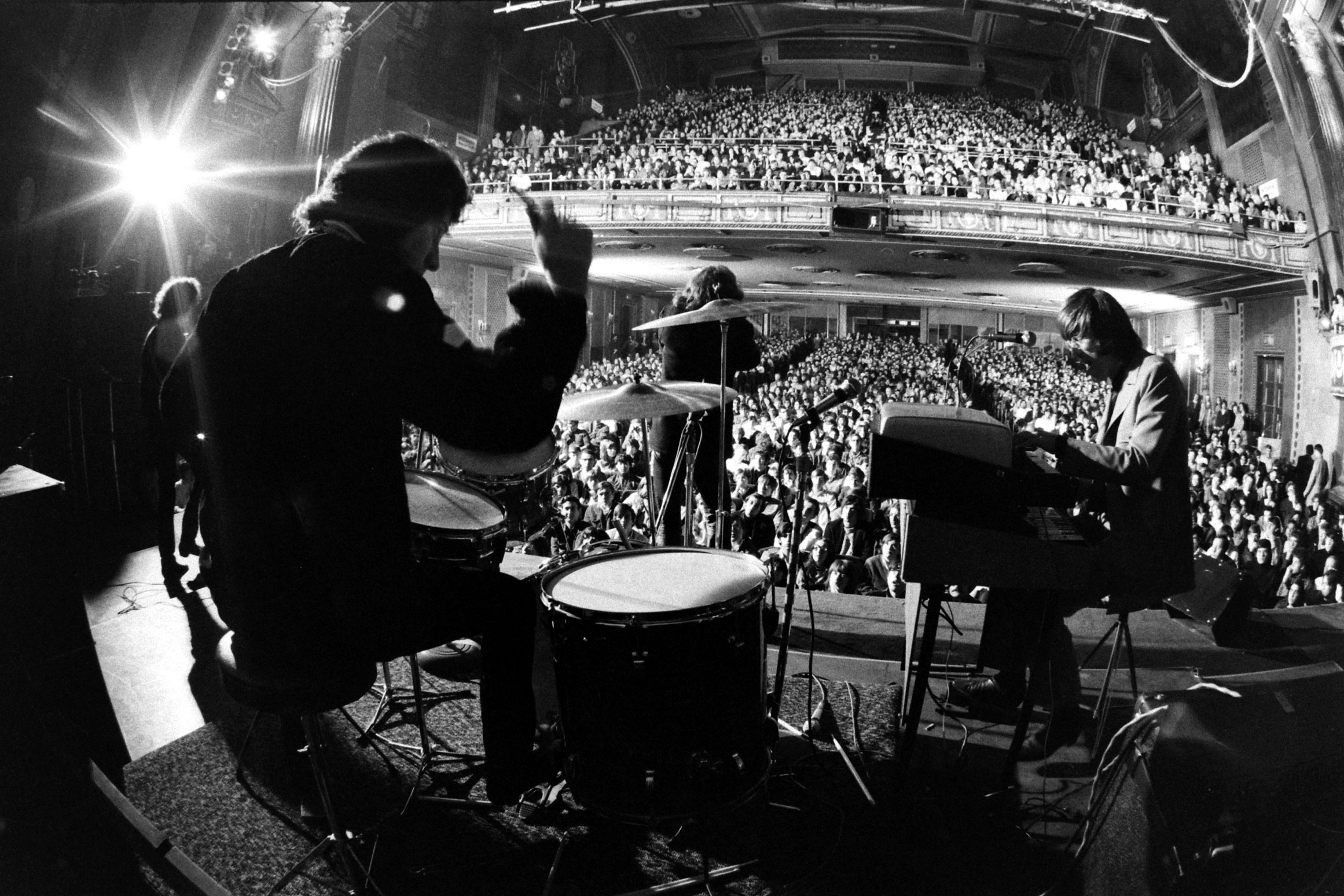
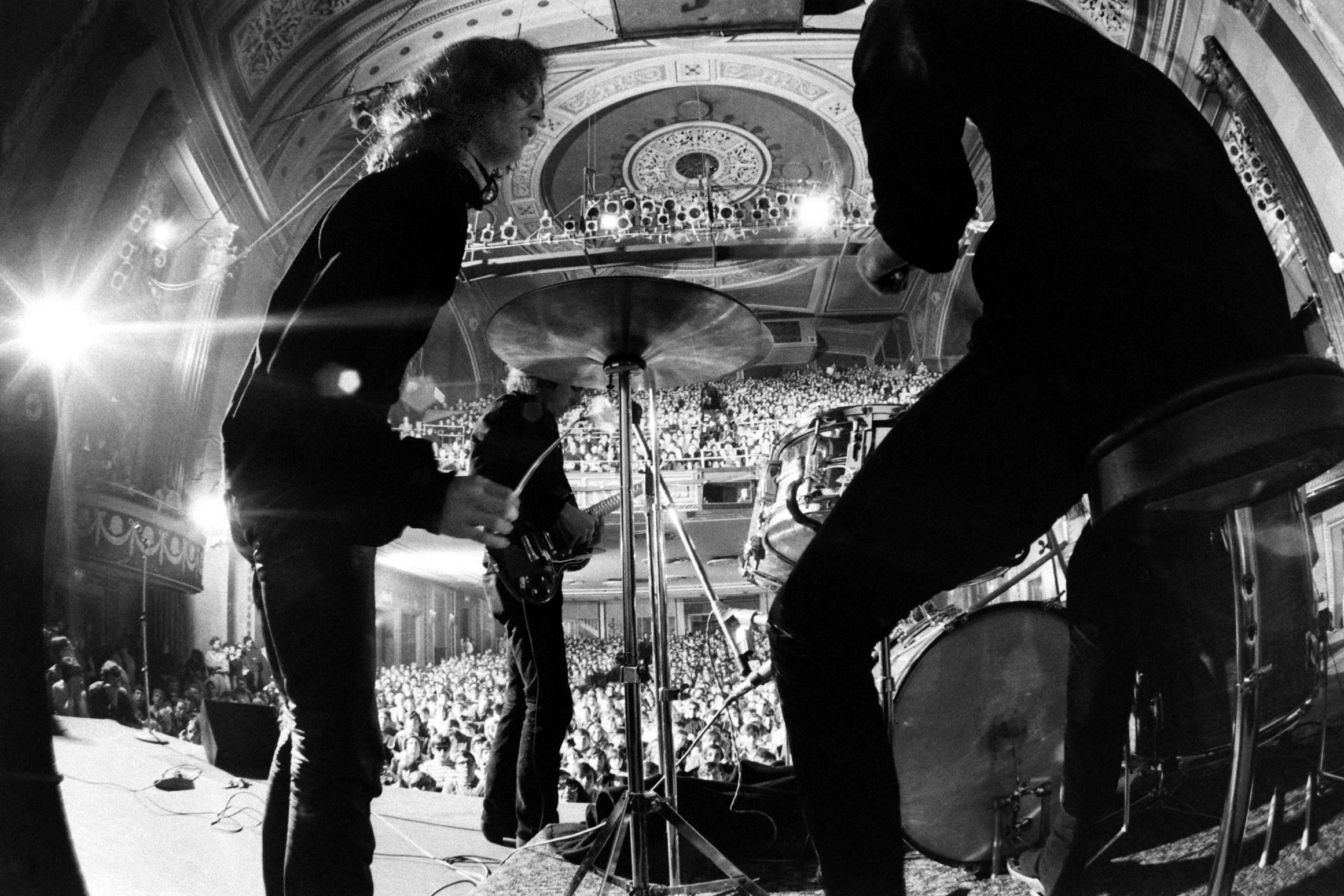
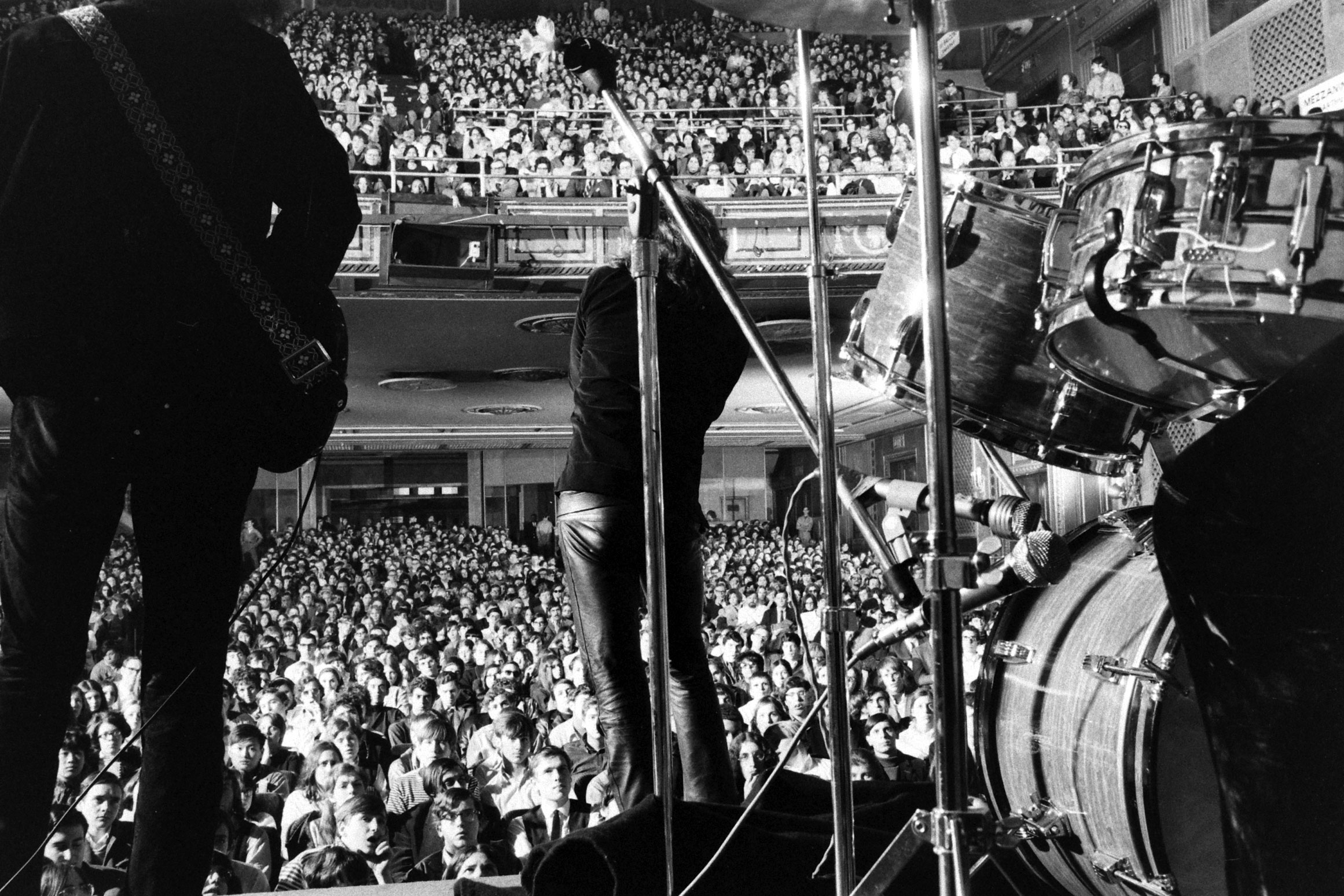
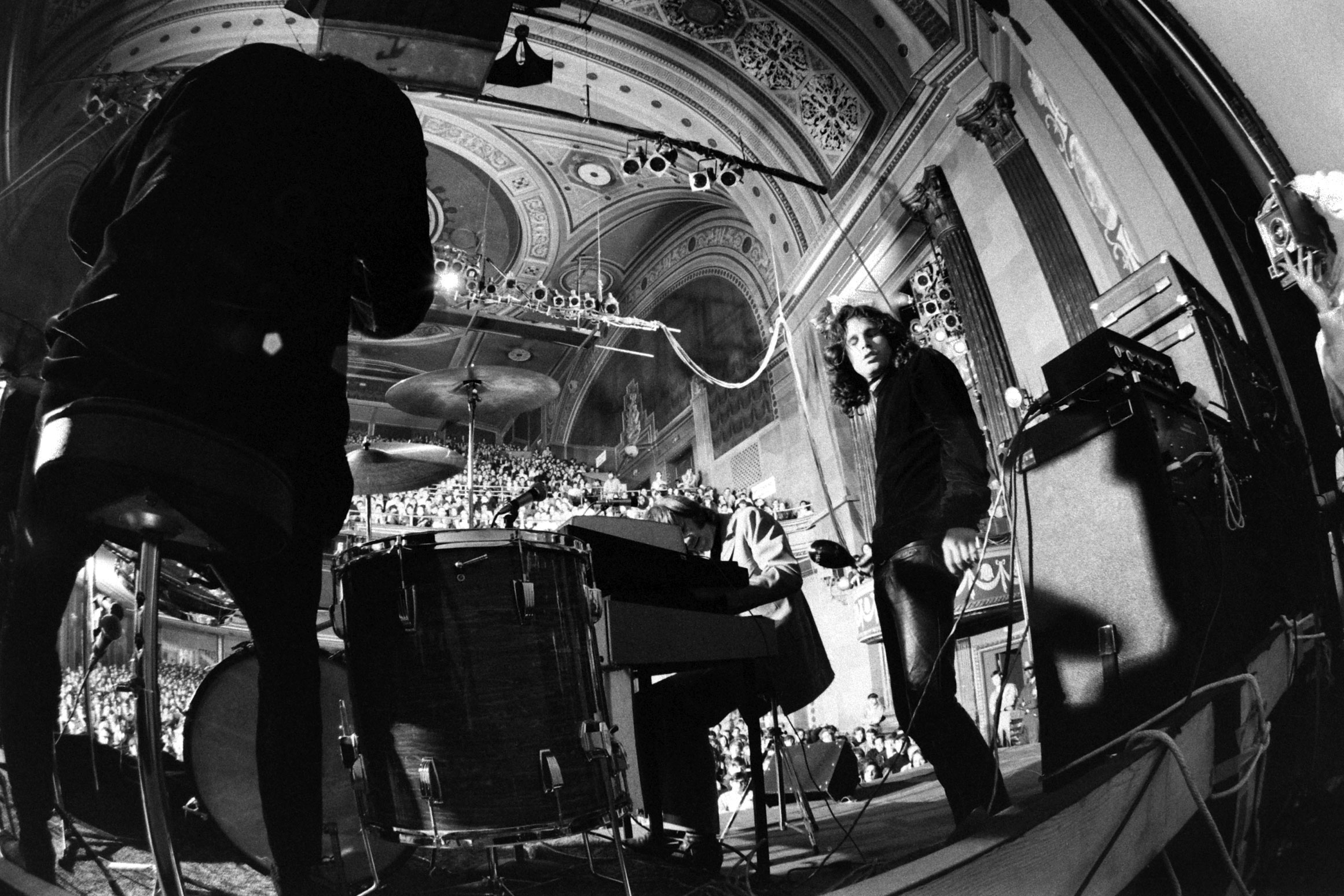
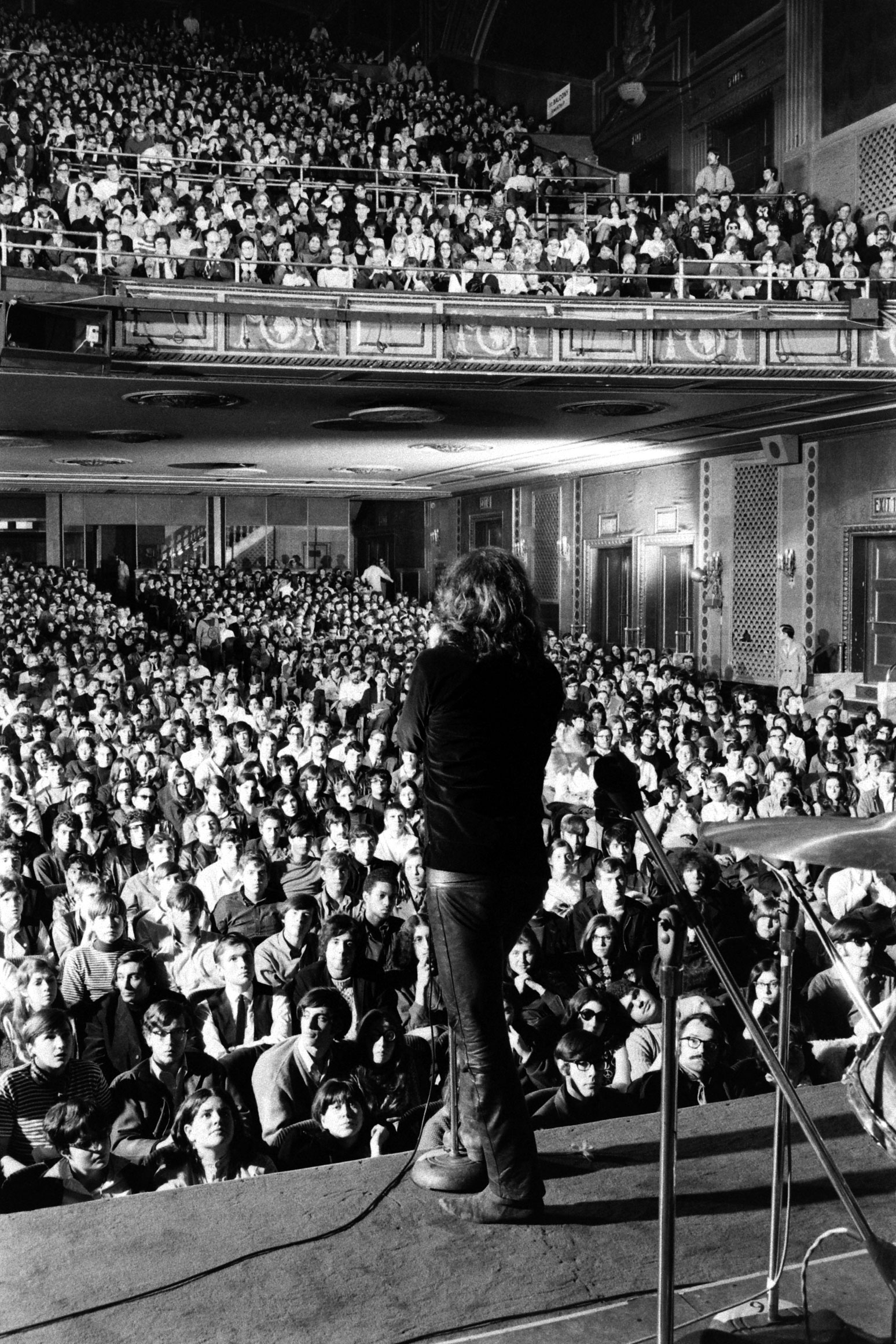
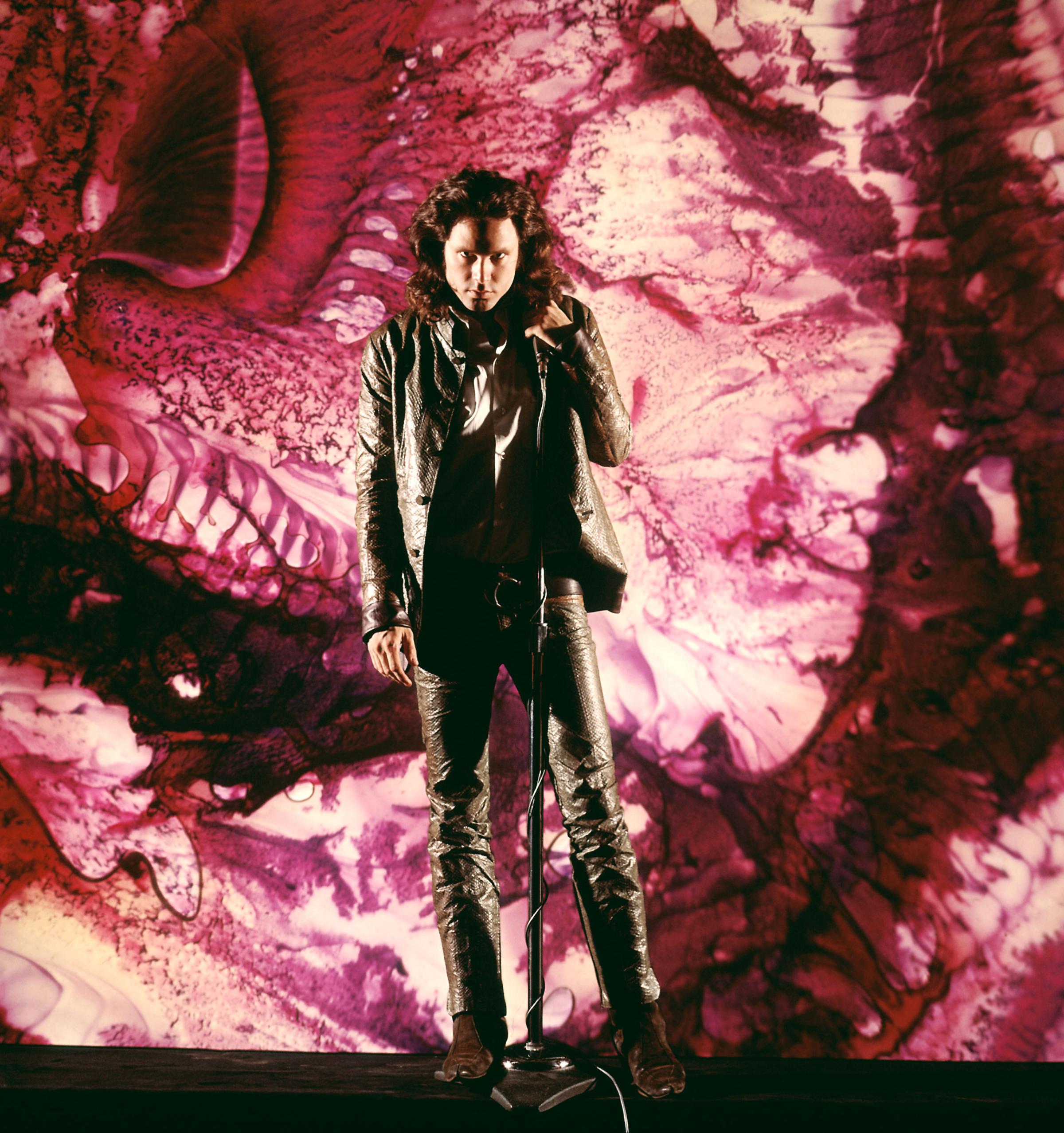
More Must-Reads from TIME
- Inside Elon Musk’s War on Washington
- Meet the 2025 Women of the Year
- The Harsh Truth About Disability Inclusion
- Why Do More Young Adults Have Cancer?
- Colman Domingo Leads With Radical Love
- How to Get Better at Doing Things Alone
- Cecily Strong on Goober the Clown
- Column: The Rise of America’s Broligarchy
Contact us at letters@time.com